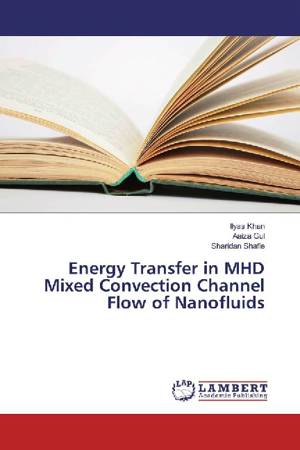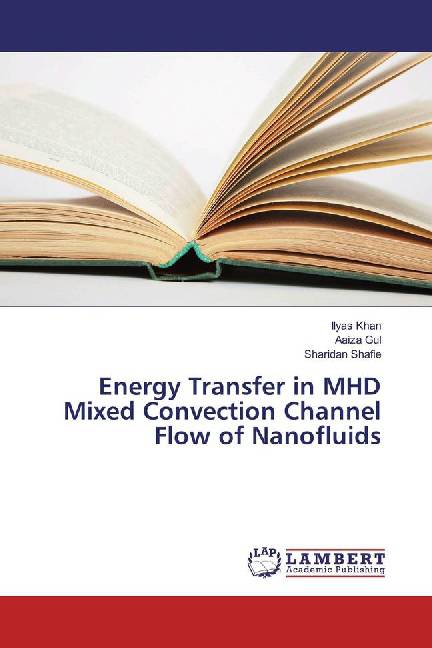
Je cadeautjes zeker op tijd in huis hebben voor de feestdagen? Kom langs in onze winkels en vind het perfecte geschenk!
- Afhalen na 1 uur in een winkel met voorraad
- Gratis thuislevering in België vanaf € 30
- Ruim aanbod met 7 miljoen producten
Je cadeautjes zeker op tijd in huis hebben voor de feestdagen? Kom langs in onze winkels en vind het perfecte geschenk!
- Afhalen na 1 uur in een winkel met voorraad
- Gratis thuislevering in België vanaf € 30
- Ruim aanbod met 7 miljoen producten
Zoeken
Energy Transfer in MHD Mixed Convection Channel Flow of Nanofluids
Ilyas Khan, Aaiza Gul, Sharidan Shafie
Paperback | Engels
€ 70,95
+ 141 punten
Omschrijving
The decision to write this monograph on nano uids was courageous but also had its problems. As most of the studies on nanofluids are experimental. Theoretical work on nanofluids is not much. However such studies for experimentalists are of great benefits to compare their data.Therefore,in this work nanofluids are studied inside a vertical channel containing different shapes and sizes of nanopartilces. Five different types of nanoparticles with five different shapes (platelets, blades, cylinders, bricks and spherical) are used in ethylene glycol (EG) chosen as a conventional base fluid. The problem is solved using perturbation method by taking into account three different models namely Maxwell, Hamilton and Crosser, and Koo and Kleinstieur. A comparison of different particles with different shapes is analyzed. Moreover, ethylene glycol (EG) and water are chosen as conventional base fluids.Solutions for velocity and temperature are obtained and discussed graphically in various plots.
Specificaties
Betrokkenen
- Auteur(s):
- Uitgeverij:
Inhoud
- Aantal bladzijden:
- 180
- Taal:
- Engels
Eigenschappen
- Productcode (EAN):
- 9783659853630
- Uitvoering:
- Paperback
- Afmetingen:
- 150 mm x 220 mm

Alleen bij Standaard Boekhandel
+ 141 punten op je klantenkaart van Standaard Boekhandel
Beoordelingen
We publiceren alleen reviews die voldoen aan de voorwaarden voor reviews. Bekijk onze voorwaarden voor reviews.









